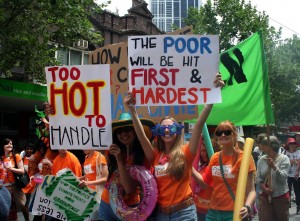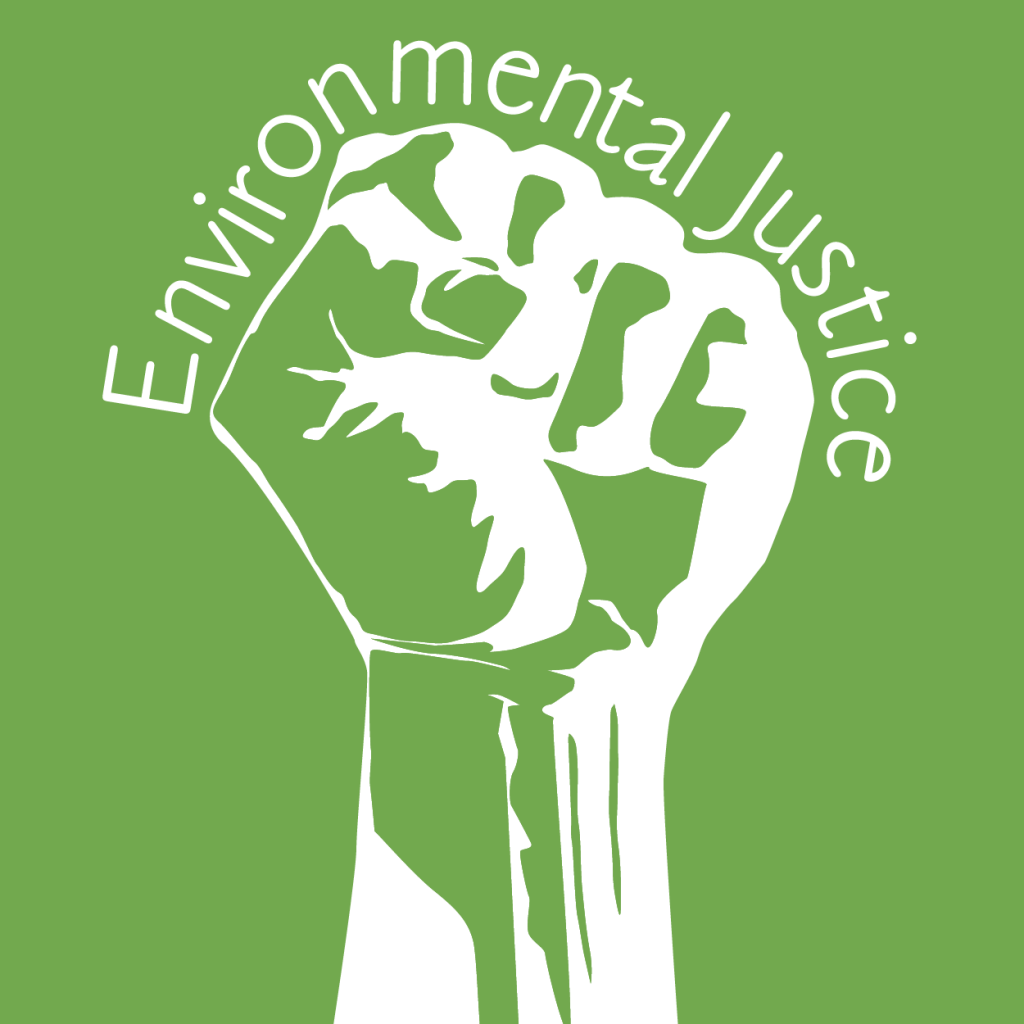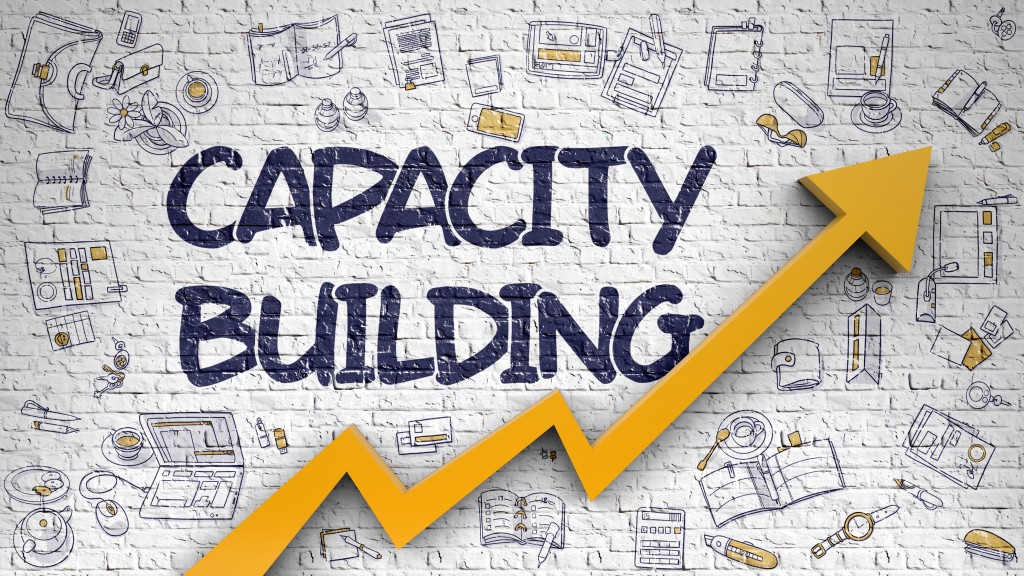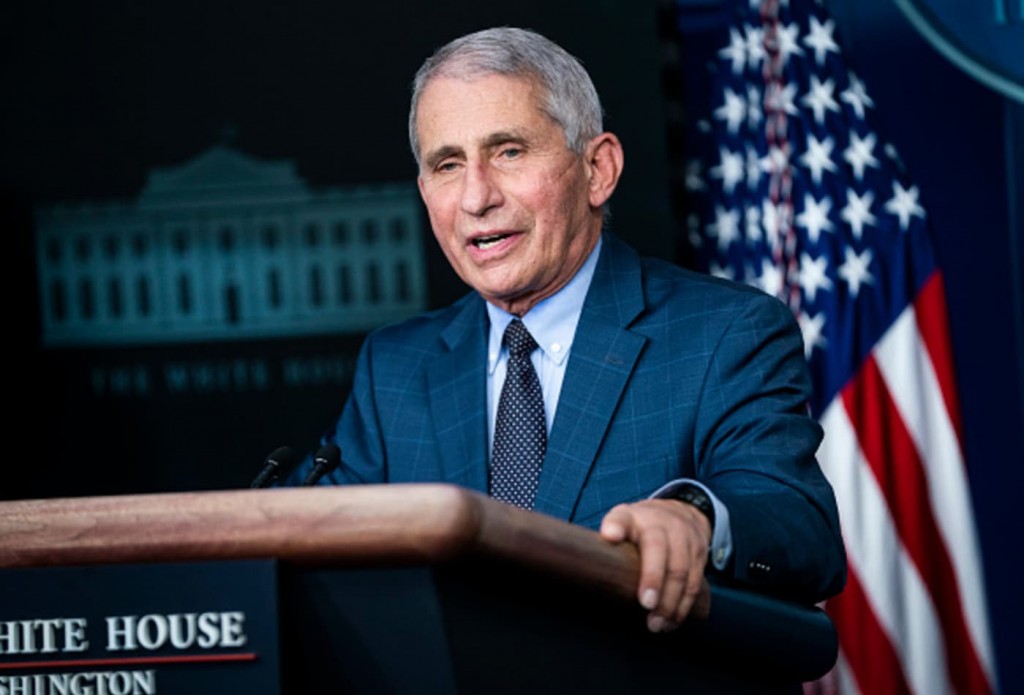By: Debbie Canas, Jessica Diaz, Nathan Hatia, Tina Secrease, and Lisa Vaiman
Faculty Advisor: Jacqueline Phelps
Article Written By: Nathan Hatia
Environmental justice is an essential factor to consider when creating land-use plans for communities. In short, Environmental Justice is a course of action or research focused on reducing or eliminating the disproportional environmental burden placed on communities of color, low income, etc. (Chakraborty, 2016). While environmental justice initiatives were not a part of the land use planning process until recently, it is pertinent that future land use plans, such as General and Area Plans and Area Plans seek to mitigate the burdens placed on these communities by previous planning decisions (Wilson, 2008).
The General Plan was created by the County of Ventura Resource Management Agency using analyses, data, and input from the community through surveys, informational sessions, and Workshops (VC-RMA, General Plan, 2020). A General Plan is the collection of goals, policies, and programs in which the County lays out its plans for land use over a specific timeframe. Within this General Plan are smaller Area Plans focused on unique communities and specific geographic areas. The County of Ventura has created a comprehensive General Plan in which environmental justice considerations are integrated throughout. Our project focused on integrating these Environmental Justice principles into the El Rio/Del Norte Area Plan. The original El Rio/Del Norte Area Plan was created in 1980 and subsequently amended in 2011; however, a comprehensive update has not been completed since 1996 (VC-RMA Area Plan, 2020). As such, the El Rio/Del Norte has a significant need in several areas to bring it up to the standards of the surrounding communities and the goals outlined in the General Plan, particularly those related to environmental justice.
Environmental justice, or rather injustice, can occur in ways that may not traditionally be considered “environmental” issues. While our project incorporates traditional Environmental Justice topics such as water safety, we have also included uncommon or non-traditional topics such as Transportation and Housing.
Specifically, our Capstone Project examined portions of the El Rio/Del Norte Area Plan related to Housing, Transportation, Public Facilities and Recreation, Water Hazards and Quality, and Community Outreach, and provided recommendations to implement environmental justice principles relating to each topic. Through research conducted using area mapping and visits to the community, existing data provided by the County/State, comparable Area Plans, and existing research conducted on the specified topics, we created recommendations in the form of goals, policies, and programs, that either bolster existing topics or add missing elements within the El Rio/Del Norte Area Plan.
While many recommendations were provided, the following are few of the key recommendations:
- Community Outreach: Partner with local non-profits and community-based organizations in order to increase civic engagement and representation within the community.
- Housing: Adapt Ventura County General plan policies into the El Rio/Del Norte Area Plan in order to effectively allow for affordable housing.
- Transportation: Promote development of sidewalks and other pedestrian friendly infrastructure.
- Recreation: Plan for parks and other similar recreation open areas to be constructed in the community.
- Water Safety: Evaluate the creation of a program to analyze and mitigate flood risks to the community.
The community of El Rio is one of the most vulnerable areas in our County, and one that has not had the land use planning advantages that the surrounding areas have benefited from. Therefore, as the County looks to implement a new General Plan and update the existing El Rio/Del Norte Area Plan, which will serve as a guideline for several years, consideration of environmental justice within this overburdened community is crucial. It is important that under-resourced communities such as El Rio have plans created for their future growth. Environmental Justice in planning is an important consideration for planning agencies in order to build prosperous communities.
References:
Chakraborty, J., Collins, T., & Grineski, S. (2016). Environmental Justice Research: Contemporary Issues and Emerging Topics. International Journal of Environmental Research and Public Health, 13(11), 1072. https://doi.org/10.3390/ijerph13111072
Wilson, S., Hutson, M., & Mujahid, M. (2008). How planning and zoning contribute to inequitable development, Neighborhood Health, and environmental injustice. Environmental Justice, 1(4), 211–216. https://doi.org/10.1089/env.2008.0506
Ventura County General Plan, 2020










